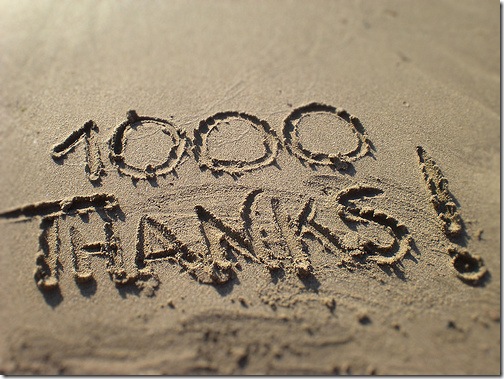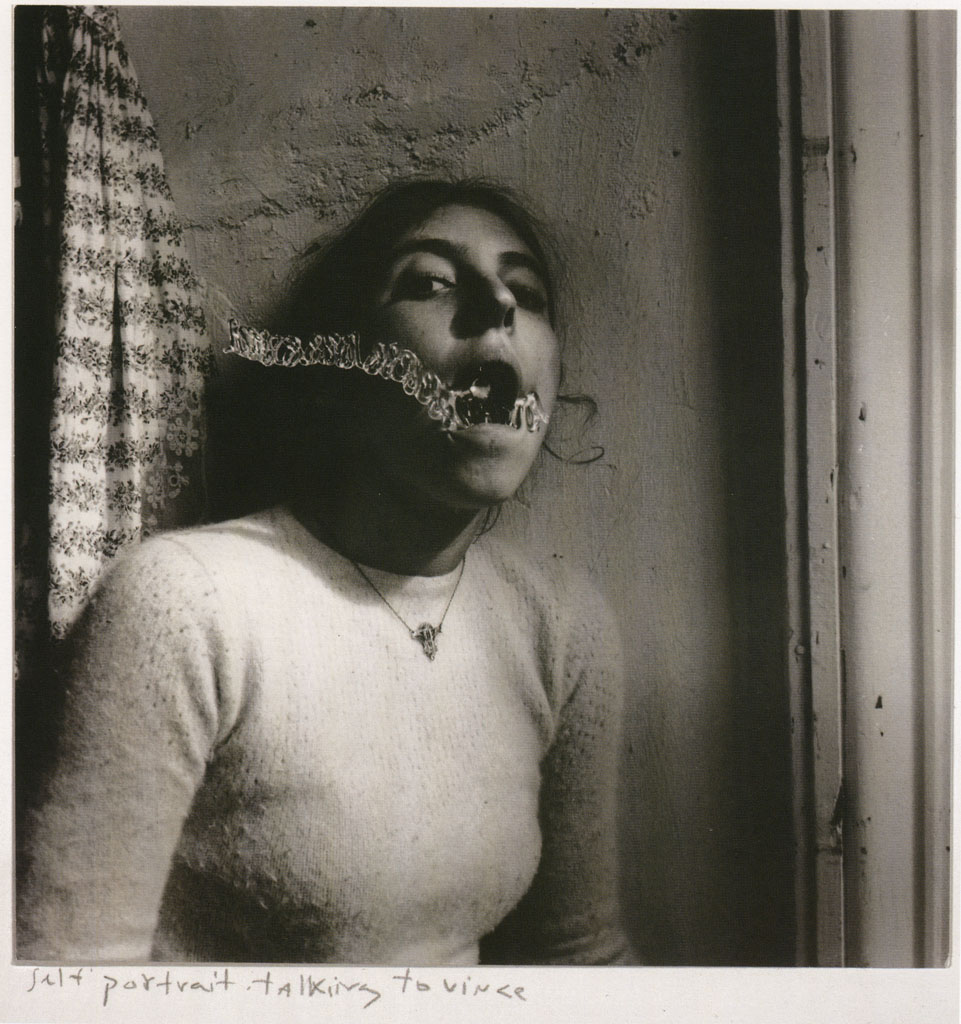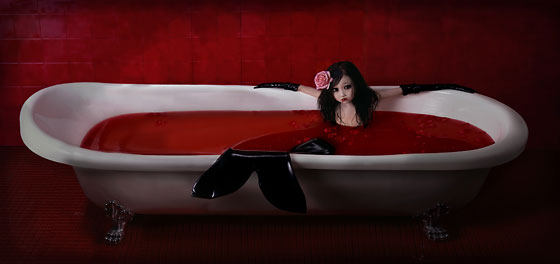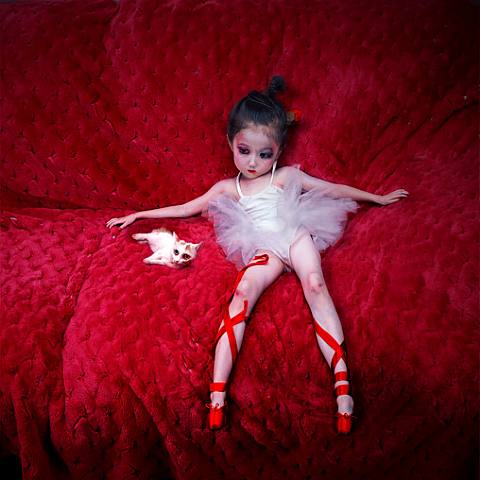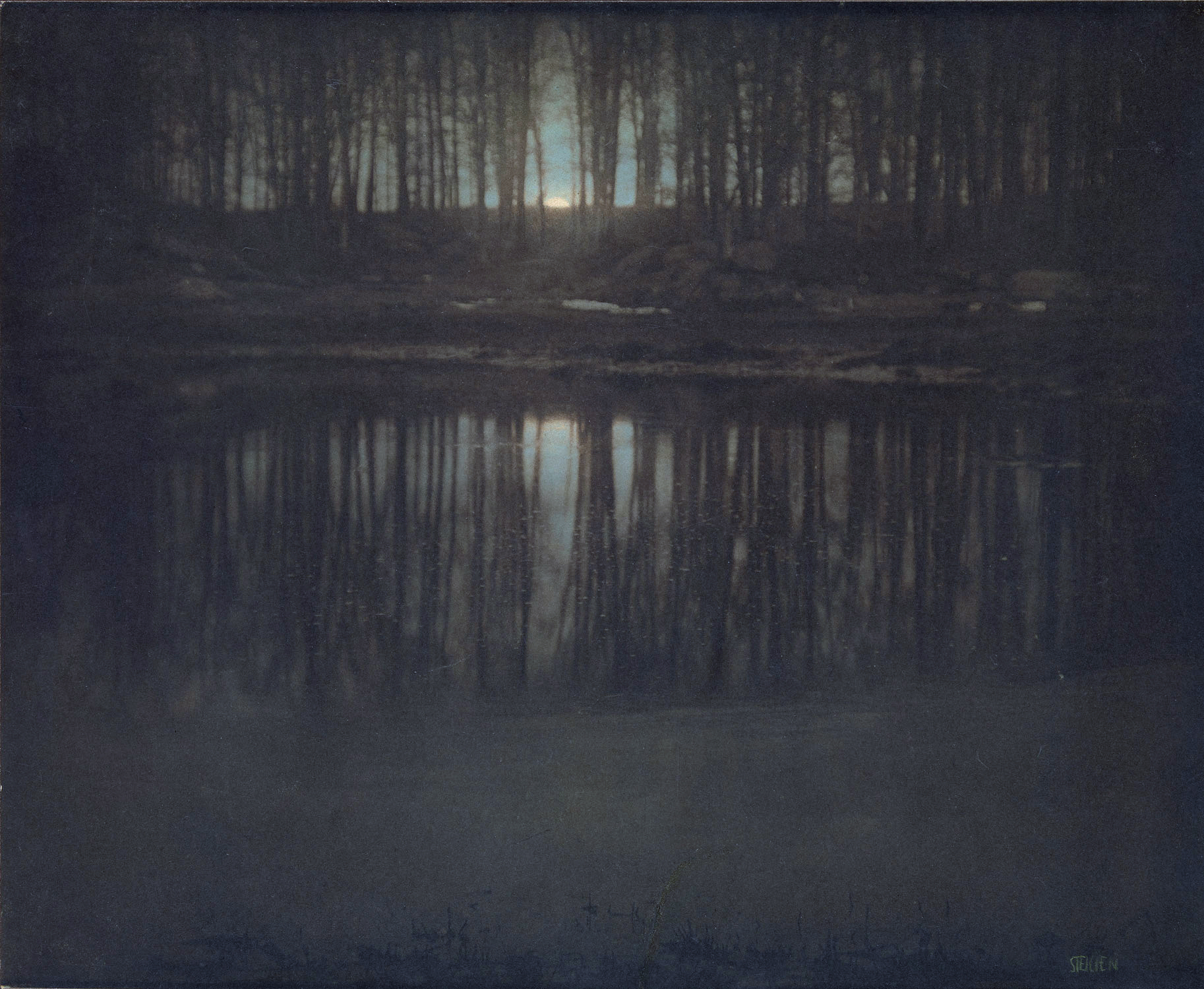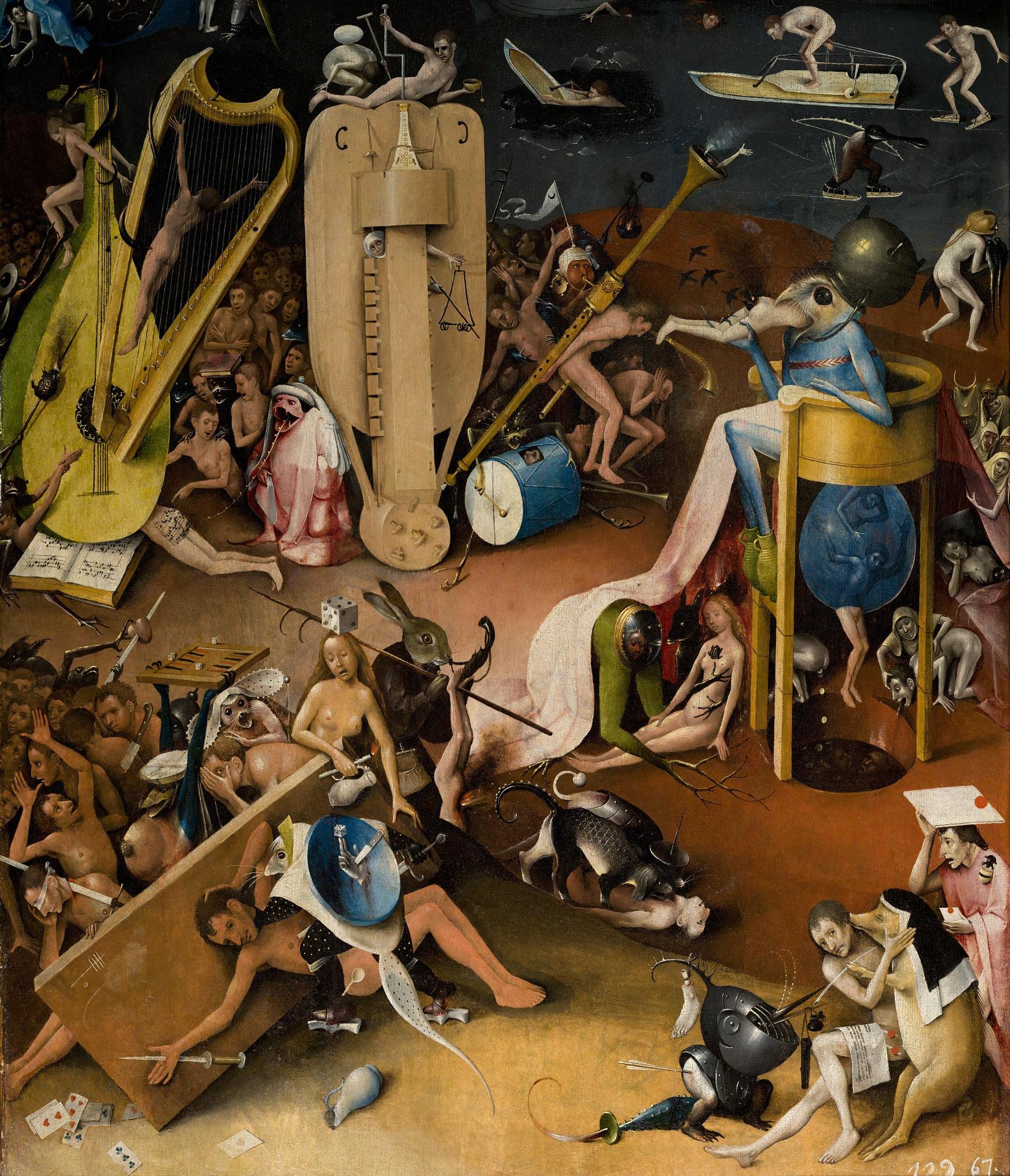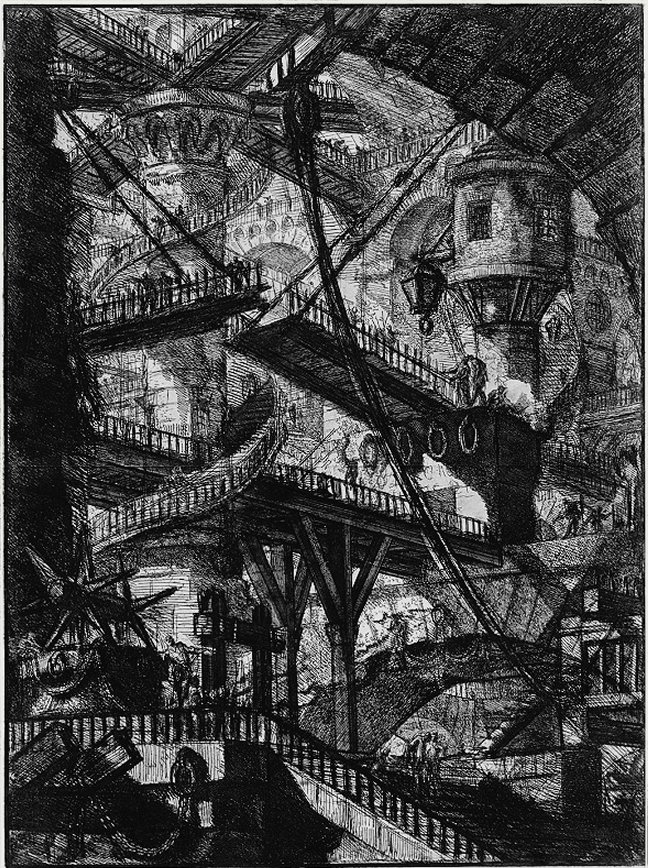City of life and death is a hard film from Chinese director Lu Chuan, released in the year 2009. The film offers the story of the Japanese invasion of the Chinese city of Nakina, during the Sino-Japanese War. Controversy about the data besides the war. The film shows us the Chinese view of the Japanese occupation, which tells the brutality of war.
The Japanese like Nazi Germany, they took their particular holocaust in Nakina, then capital of the Republic of China. However, in the film, the Germans are offering protection to China's population, but its powers are limited and may not prevent Japanese barbarism.
An impressive feature of the film, script aside, the photograph, an address that will prevent excellent eyes off the screen. An excellent address very carefully, which has led him to be rewarded and recognized. Finally a critical selection and collected from the portal flimaffinity.
"Creepy (...) If the boot has the power to shock the best war movies, the development of the tragedy will make your hair stand on end." (Charles Boyer: El País)
"Lu Chuan decides' spielbergizar 'in the best sense of the word, his way of narrating the episode. It is not" Schindler's List', nor 'Saving Private Ryan', but there are stretches of this film show that have nothing to envy any of them. "(E. Rodriguez Marchante: ABC Journal)
"A simply stunning production (...) From the first second, the film ignores the truth alone brutal, to surrender at least noble art of unearthing corpses. We're talking about propaganda." (Luis Martinez, Diario El Mundo)
"Cinema and great content while impressive in form, respects that counts." (Ricardo Aldarondo: Frotogramas)
Articulo en español







